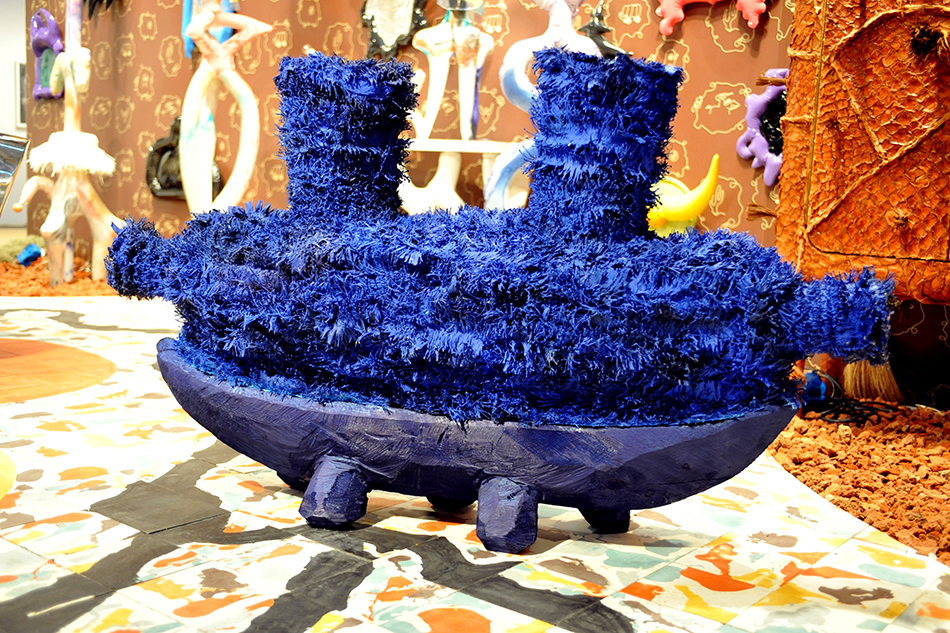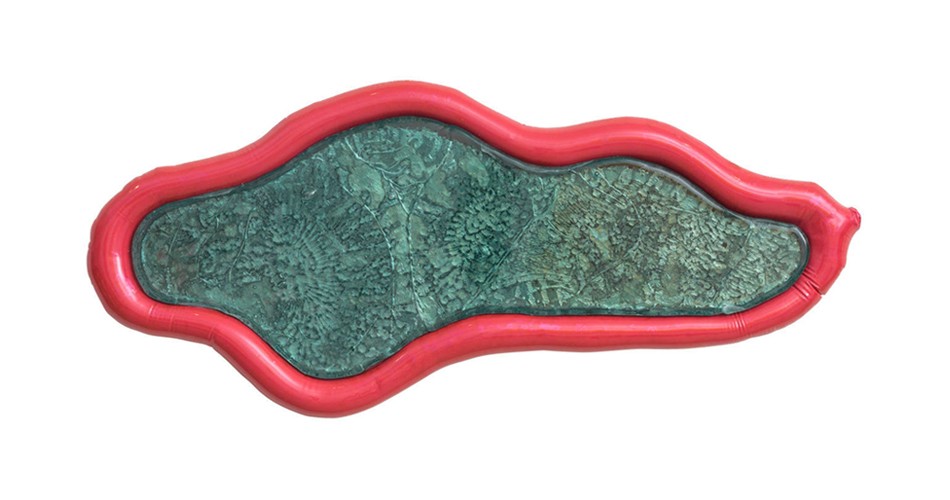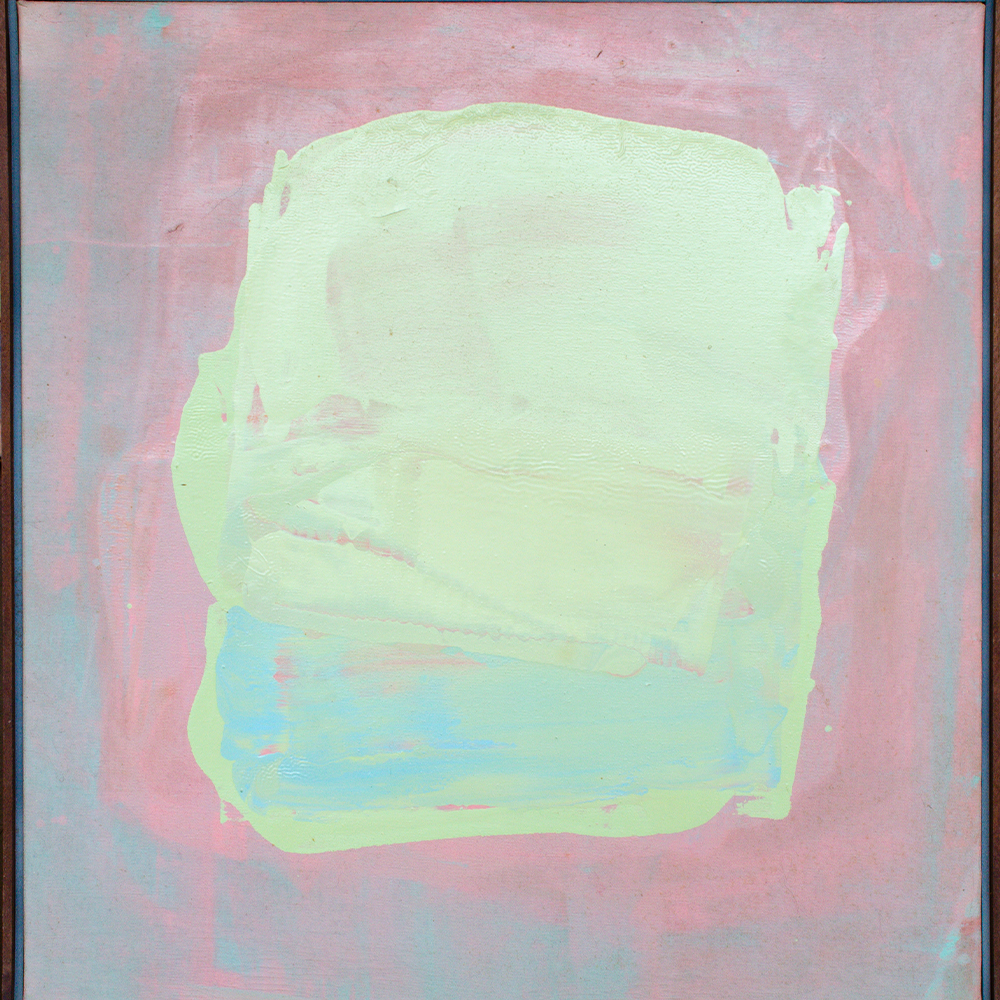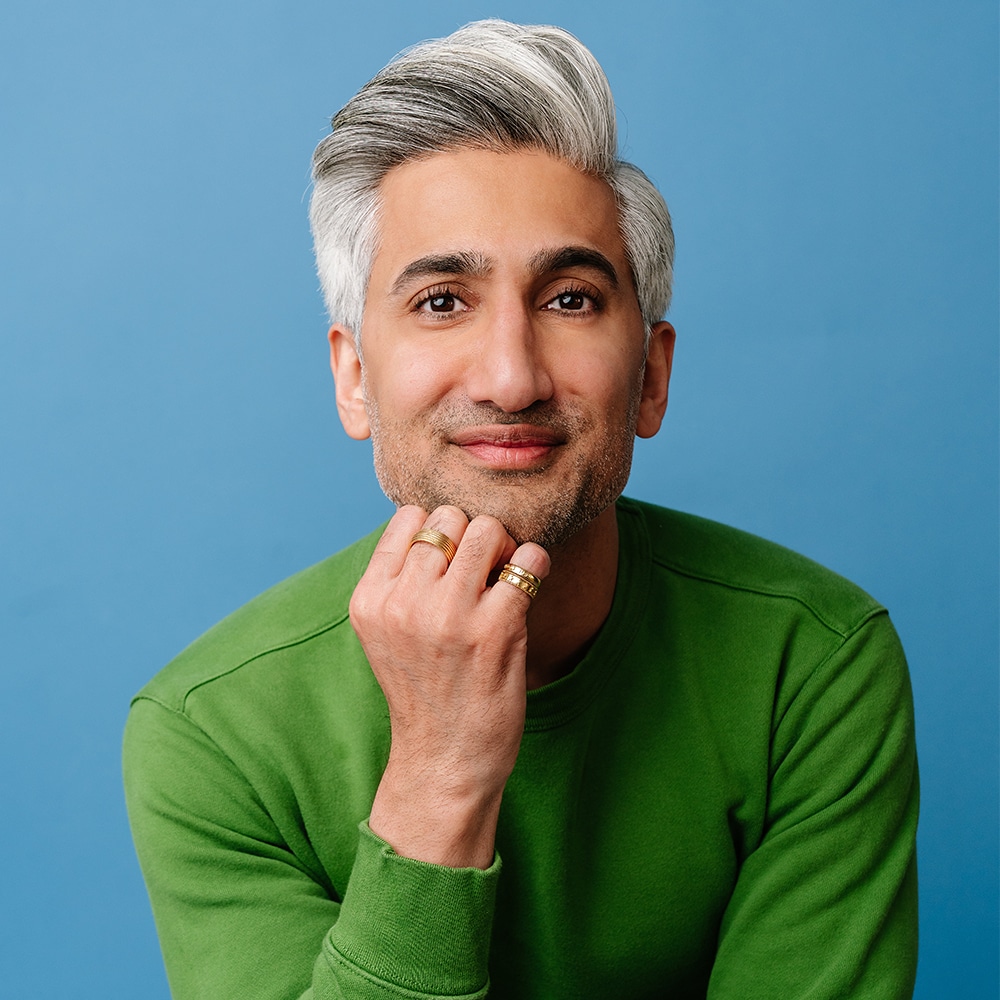
January 19, 2015The New York artist Misha Kahn created a full-scale environment for the booth of his gallery, Friedman Benda, at San Francisco’s FOG Design + Art fair (photo by Jennifer Olshin). Top: The booth was filled with furniture, wallpaper and objects designed by Kahn, along with a Julian Schnabel painting, a chair by Ron Arad and a cabinet by the Campana Brothers. All photos by Joseph Driste unless otherwise noted
From its rugged mountain passes and aging strip malls, to its small-town churches and quaint fruit stands, America has yielded a vast catalog of imagery inspired by the road trip. Painters, photographers, poets, novelists and songwriters have taken inspiration from the highway. Now, thanks to Misha Kahn, we can add designers to that list too.
Young and wildly imaginative, Kahn, 25, whose work was included in last year’s “NYC Makers: the MAD Biennial” at the Museum of Arts and Design, joined New York’s Friedman Benda this past fall. Shortly thereafter, the gallery commissioned him to create new work for a solo show at San Francisco’s FOG Design+Art 2015 fair, which just concluded its second successful run at the Fort Mason Festival Pavilion.
Inspired by the locale of the fair — the West Coast — Kahn thought of the many road trips west he took with his family as a child growing up in Minnesota, and he decided to tap into those fond and funky memories. Kahn was fascinated, in particular, by the wacky roadside attractions and the odd mix of people — packs of bikers on Harleys and slot-machine obsessed octogenarians, for instance — that he’d see on stops along the way to Yellowstone or other such destinations. Adding to these memories many of the mythologies of the American West (alien sightings, cowboy movies), he created a style he calls “American exoticism” — a mix of history and fantasy, kitsch and consumerism, honest authenticity and fabulous fabrication. That “exoticism” is at the heart of the showstopping, full-scale environment Kahn created for Friedman Benda’s booth at FOG. Wallpaper, floor tiles, ceiling fans, stools, mirrors and lamps are just some of the objects he designed for the space.
Kahn has created a style he calls “American exoticism” — a mix of history and fantasy, kitsch and consumerism, honest authenticity and fabulous fabrication.

Kahn’s Console, 2014, in concrete and pigment, stands against a wallpaper he designed with a linear pattern that plays off the idea of “spaghetti” Westerns.
While there are some recognizable Western motifs (bull horns, chainsaw art), the references are generally more abstract — akin to the feelings one might have as a kid road-tripping through commercialized ghost towns, for example, rather than decor you might see in a road house. As in his past work (he memorably contributed a group of cement Heyerdahl lamps to Bjarne Melgaard’s surreal installation for the 2014 Whitney Biennial), Kahn uses lots of bright colors and unorthodox materials — for interior design, anyway — like cement and resin. The resulting pieces have a handcrafted vibe with a tinge of the industrial. His Tusk tables, for instance, consist of a series of large tusk forms cast from concrete and then colored with car paint, a nod to his family’s red minivan and the other tourist-filled cars exploring the West. The wallpaper, his first foray into the medium, is decorated with a pattern of spaghetti-like tendrils — a reference to the spaghetti Western, of course. His floor tiles, meanwhile, are made from encaustic and cement (in collaboration with a fabricator in the Bronx) and dyed with opaque pigment in color combinations that might evoke the wrappers of pre-packaged, gas-station freezer ice cream that his “hippie” parents only allowed on these trips.

Kahn looking at home in a distinctly California milieu, complete with a pool toy that recalls the work of another artist fond of resin and molds, Jeff Koons. “We all crave escapism, even in our interior decor,” he says. Photo by Jack Schow
Now based in New York, Kahn creates works that at times summon the playfulness of Pop art, from Claes Oldenburg to Jeff Koons, but his techniques and materials are truly his own. His stools look sort of Oldenburg squishy, but they’re made from filling vinyl molds with poured cement. The mirrors and ceiling fans in his “Saturday Morning Series” (a reference to cartoons and “people getting in their cars to go to malls on Saturday mornings,” he says) inevitably evoke Koons’s balloon sculptures. But Kahn’s resin balloon forms are actually resin casts of an inflation that has been hollowed out as the plastic is hardening. (Koons has a more conventional method of filling a mold.) Kahn sews all the vinyl forms himself, a craft he mastered on a Fulbright in Tel Aviv after college, where he lived above a textile factory and studied shoemaking. It was a good lesson for him, he says. “It’s not just about sewing patterns. You have to think about creating this strange abstract form.”
These strange abstract forms manifest in many ways, from mirrors that evoke something of antique American furniture to Kahn’s brand-new Hodag planters, which he made by working with a chainsaw artist to carve wood from trees that had fallen in his family’s yard in Minnesota. He then affixed resin-coated pine-tree garlands to the wood. They resemble plastic plants you might see decorating a roadside diner – but they also resemble little creatures. “I like my furniture to be escapist,” he says. “We all crave escapism, even in our interior decor.”














